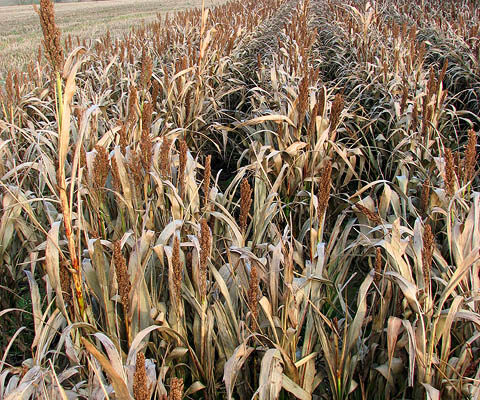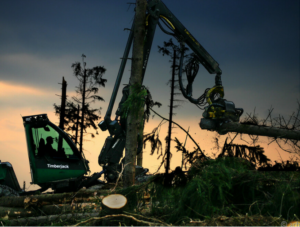Europe’s climate strategy of burning wood for energy isn’t working
By Linde Zuidema, Bioenergy campaigner at FERN.
Opposition to the use of forest biomass for energy generation is going mainstream, writes Linde Zuidema, as evidence builds that wood is being burnt in large scale inefficient coal-fired power stations.
Every day resistance is growing to the use of wood as a renewable energy.
Environmental NGOs have long opposed the use of ‘forest biomass’ because it harms the climate and biodiversity. Now opposition is going mainstream, with increasing numbers of EU citizens expressing their concerns about the pressure the policy is putting on forests. Growing demands have led to the use of whole trees for energy. Businesses too, are complaining that bioenergy subsidies are distorting biomass and energy markets.
In the name of promoting ‘green’ energy and encouraging the use of renewable sources of electricity and heating, since 2009 the European Union has allowed Member States to subsidise the use of wood for renewable energy production. These subsidies have increased the use of biomass in coal-fired power installations by 85% in some member states, according to a recent study by think tank Sandbag. The study shows that 40% of biomass use for electricity production happens in coal power plants.
This is disturbing on many levels, and not least that because it means that billions of public funds are being used as a hidden subsidy for coal and coal infrastructure.
But the use of wood in large scale inefficient coal-fired power stations is highly problematic in itself, and attracting fierce opposition.
Installations such as Gardanne in the South of France and Drax in the United Kingdom require huge volumes of wood. Local activists in France and the UK are protesting against biomass burning in these places because of the negative effect on forests and air quality.
Forest-based industries are also concerned. They understand – as ample evidence shows –that wood is a limited resource and burning it, specifically in large inefficient installations, is a huge waste. Increasing demands have also led to the use of whole trees for energy.
But perhaps even more concerning are the negative impacts on the climate.
Burning wood emits more CO2 than burning coal per unit of energy produced, while compensation for these emissions by future growth of trees is unlikely in the time scales relevant for climate change. This was highlighted recently in a letter by almost 200 scientists that said ‘bioenergy is not carbon neutral and can have serious negative climate impacts’, and which urged policy makers to implement strict rules on bioenergy in future EU renewables policy.
Using public funds to promote the use of ‘forest biomass’ in inefficient large scale power installations cannot be justified under either a climate or a renewable energy policy. Burning wood simply contradicts our aims of using resources more efficiently, protecting our forests and combatting climate change.
But the momentum appears to be finally shifting.
Last week, the Dutch government and the region of Wallonia in Belgium announced an end to subsidies for large scale co-firing biomass with coal for electricity production. Meanwhile the European Commission has proposed ending subsidies for the use of biomass in inefficient power stations in its design for a renewable energy policy for the period after 2020.
These decisions offer hope.
Now it is up to EU member states and the European Parliament to uphold these proposals.
On Monday 23 October a crucial vote will take place on this issue in the European Parliament.
We urge its members to support a ban on the use of whole trees, and wood use in power-only installations and co-firing in coal-fired plants. If they don’t, we will all bear the cost.
Banner photo: © Wikimedia / Evelyn Simak





